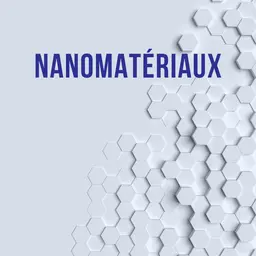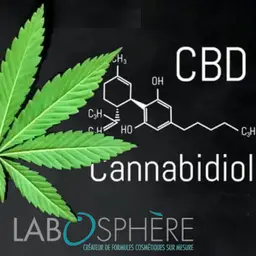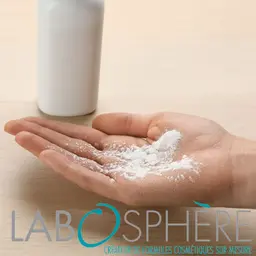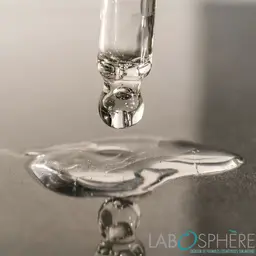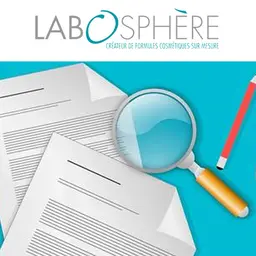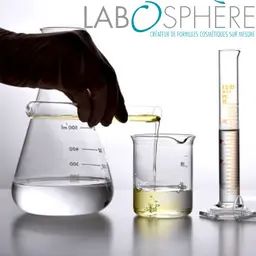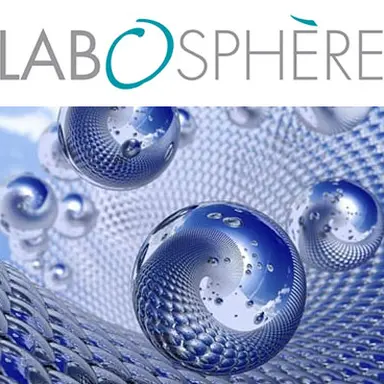
“One of the most important issues that we deal with on a daily basis as a laboratory for the development of tailor-made cosmetic products is nanomaterials. When we see in the client’s specifications ‘No nanoparticles’, we are on high alert.”” Why? The answer to this question (and many others) is given by Estelle Dehier, from Labosphere.
To this day, nanomaterials are still the subject of debate. If only because of their very definition.
On the regulatory side
Which definition(s)?
As a reminder, there are two of them.
• Definition according to the European Commission
“‘Nanomaterial’ means a natural, incidental or manufactured material containing particles, in an unbound state or as an aggregate or as an agglomerate and where, for 50% or more of the particles in the number size distribution, one or more external dimensions is in the size range 1 nm-100 nm.”
This definition of nanomaterials was published by the European Commission on 18 October 2011 as a Recommendation. The Commission’s text provided for its revision by December 2014, but the procedure is still ongoing.
• Definition according to Article 2 of Regulation 1223/2009
“‘nanomaterial’ means an insoluble or biopersistant and intentionally manufactured material with one or more external dimensions, or an internal structure, on the scale from 1 to 100 nm.”
As far as we are concerned, the only definition that applies to the cosmetics industry is that of the Regulation, without any threshold.
How do I know that the raw material I reference in my formula is not nano?
When we reference …

